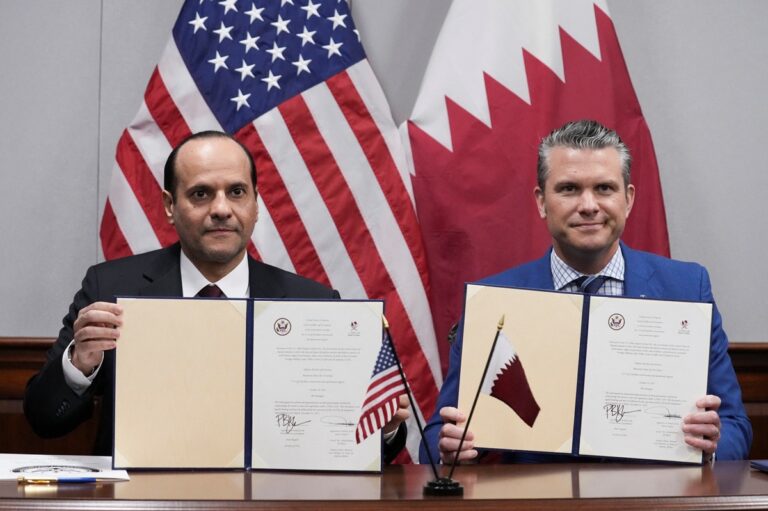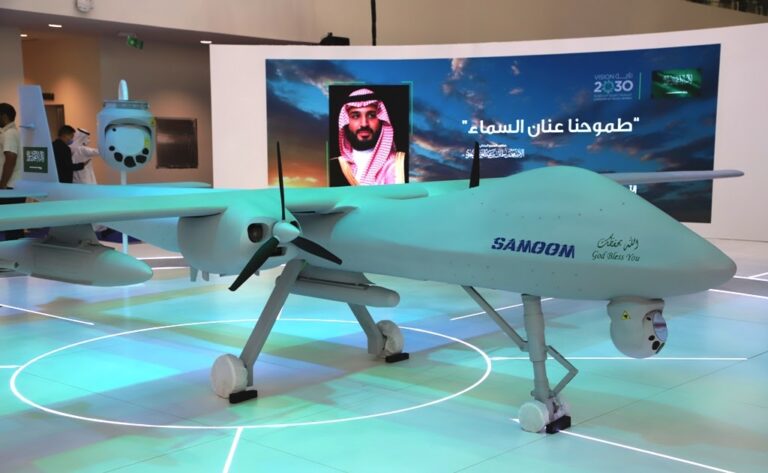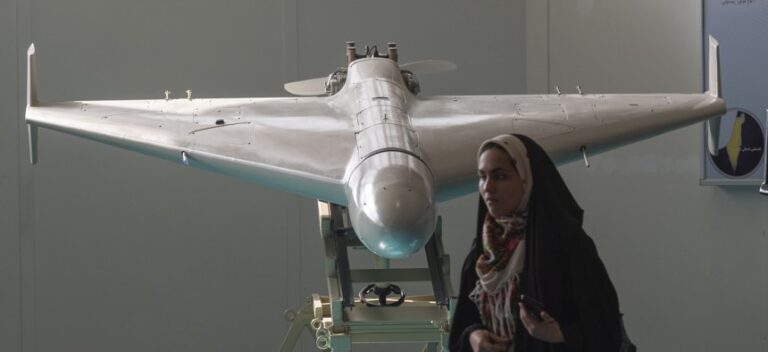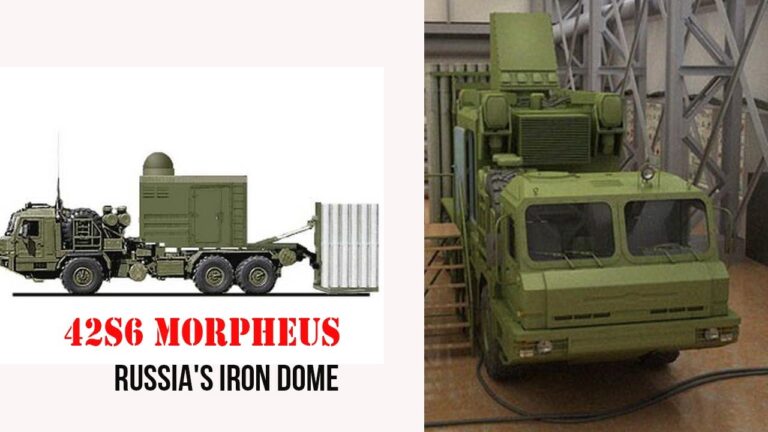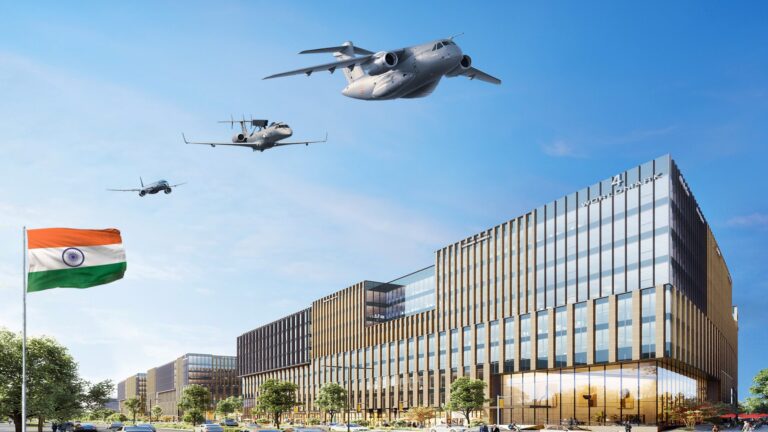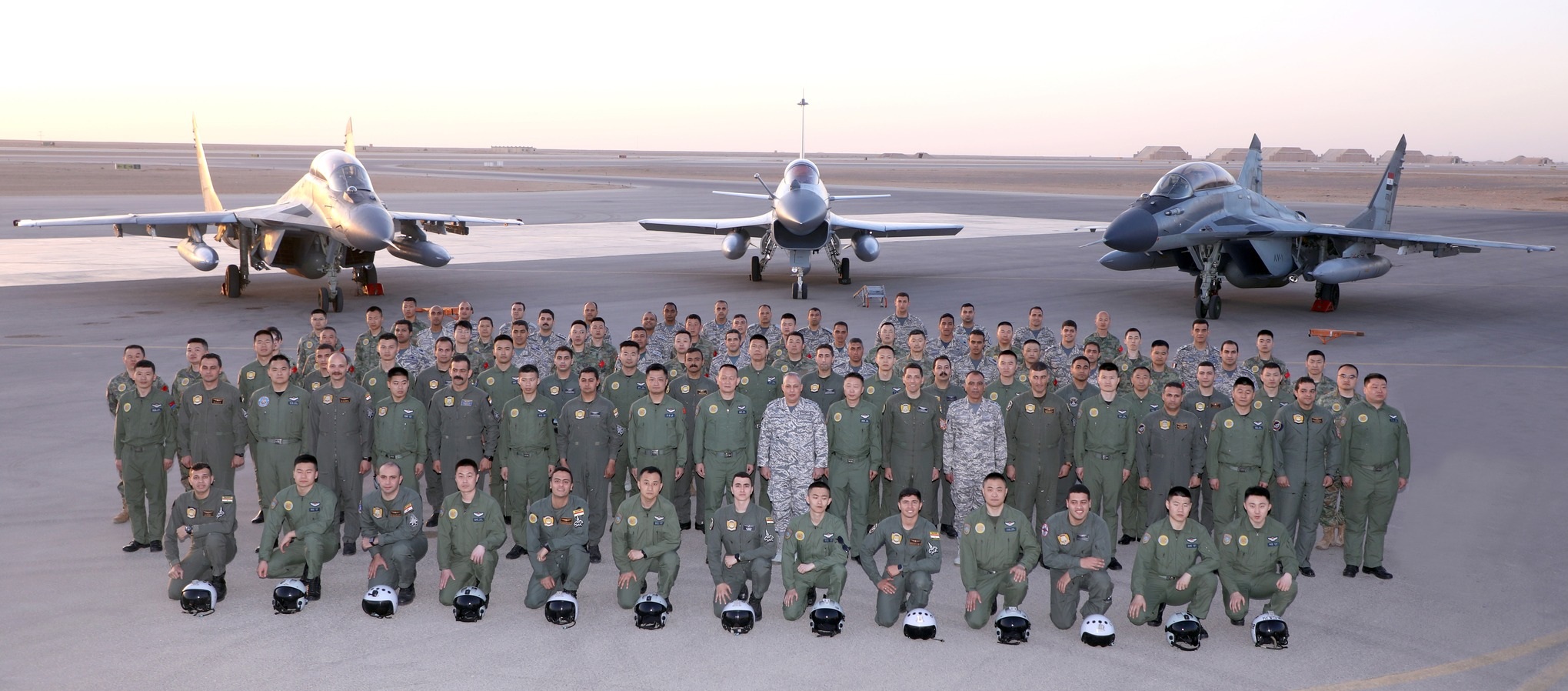
Eagles of Civilization 2025
In a stunning show of military cooperation, Chinese J-10C fighter jets took off from an Egyptian airbase in the middle of April 2025. This marked a significant milestone in the inaugural joint air exercise between China and Egypt, known as Eagles of Civilization 2025.
During this first-of-its-kind drill, which took place from the middle of April to the beginning of May, the Chinese People’s Liberation Army Air Force sent a group to Egypt, which included at least five Xian Y-20 transport planes that brought the advanced fighters to Cairo.
The event, which was announced by China’s Ministry of National Defence on April 16, has gotten a lot of attention because of rumors that Egypt might be interested in adding the J-10C to its air force. Should these rumors prove accurate, the exercises have the potential to alter the political landscape in the Middle East.
The exercise, according to Chinese officials, aims to foster “pragmatic cooperation” and “enhance mutual trust and friendship.” However, it is more than just a normal military drill; it shows China’s growing ambitions in a region that has been shaped by Western and Russian influence for a long time.
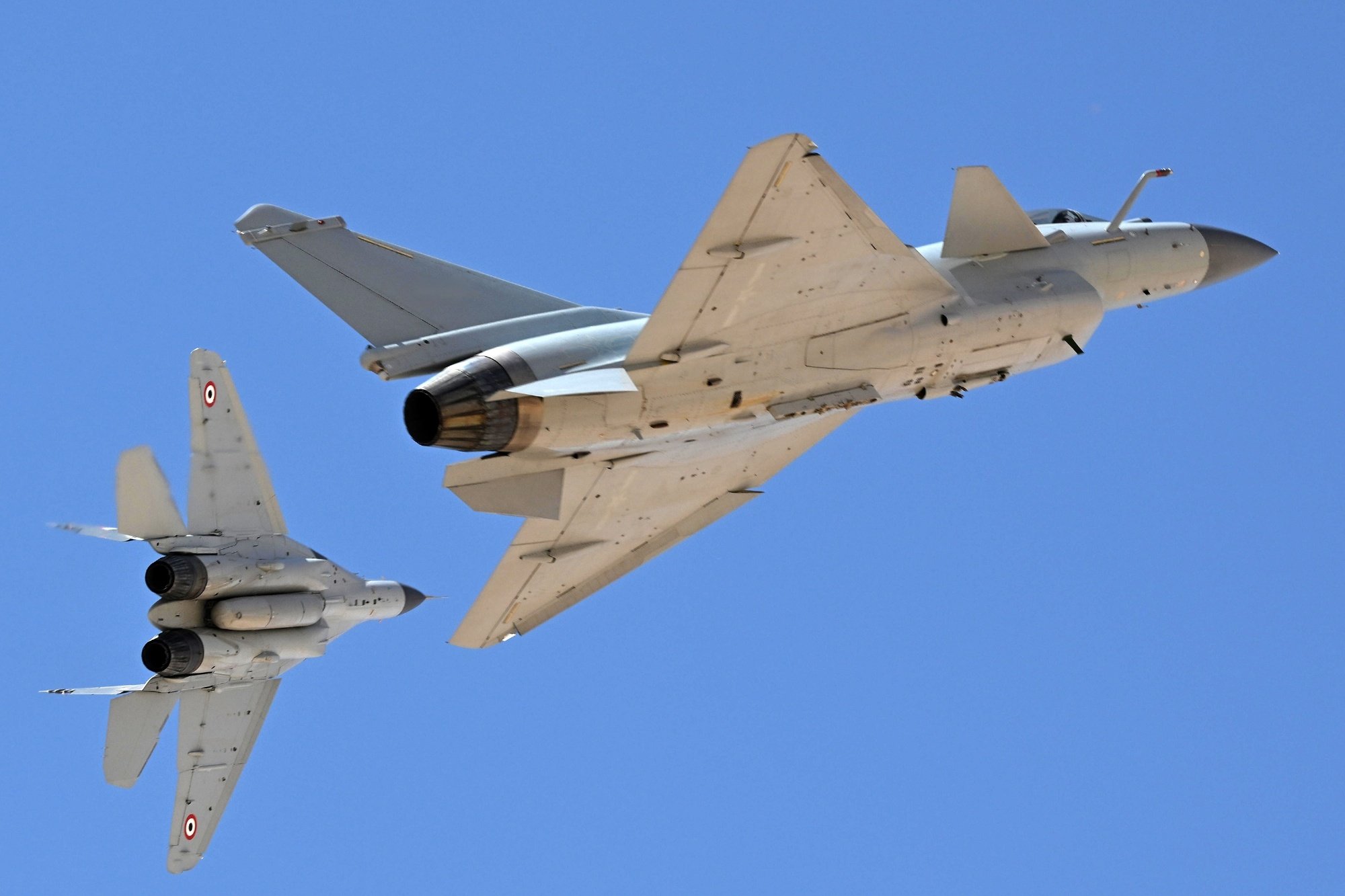
China’s Defence Ministry
People in Washington and beyond were surprised to see Chinese warplanes operating in Egypt, a key U.S. ally. The J-10C, China’s most advanced fighter, signals Beijing’s intent to showcase its military exports globally.
Reports suggest Egypt may have ordered J-10Cs as early as August 2024, sparking months of speculation. China’s Defence Ministry denied delivery reports in March 2025, calling them “totally fake news.”
Yet the presence of J-10Cs in Egypt supports claims that Cairo is seriously considering Chinese jets. Egypt wants to modernize its aging air force and reduce its dependence on Western suppliers.
The J-10C, made by Chengdu Aircraft Corporation, is also known as the Vigorous Dragon. This single-engine fighter has a delta wing and canard design, built for agility and speed.
China first deployed it in 2017, and it features an AESA radar for better tracking accuracy. Its radar can follow more targets at once compared to older systems.
The J-10C uses a Chinese WS-10B engine, reaching Mach 1.8 and a 550-kilometer combat radius. Its weapons include the PL-15 missile, which can strike targets over 300 kilometers away (in China’s version).
46 Russian MiG-29Ms
Export models have a shorter range, around 145 kilometres. The J-10C can also carry PL-10 missiles, anti-ship weapons, and laser-guided bombs.
This versatility makes it suitable for air combat, ground strikes, and maritime operations. In contrast, Egypt’s air force currently relies on American F-16s as its primary fighters.
While similar in capability, the J-10C costs less—about $40–50 million compared to $60–70 million for F-16s. More importantly, China doesn’t impose political conditions like the U.S. often does.
Egypt values this flexibility due to past problems with U.S. arms restrictions. Its air fleet includes 218 F-16s, 24 French Rafales, and 46 Russian MiG-29Ms.
Cairo intentionally buys from various countries to avoid over-reliance on a single supplier. After President Morsi’s 2013 ousting, the U.S. froze military aid to Egypt.
That freeze delayed crucial upgrades to Egypt’s F-16s. The U.S. also refused to supply AMRAAM missiles over concerns for Israel’s military edge.
Western nations similarly blocked Egypt from equipping Rafales with Meteor missiles. Due to these limitations, Egypt looked to China for advanced weapons that came with no restrictions. The Eagles of Civilisation 2025 exercise showcased the J-10C to Egyptian pilots and officials.
Wang Yunfei
Reports suggest that China also brought the KJ-500 early warning aircraft, although full details remain undisclosed. The upgrade would raise the complexity and realism of the joint exercise. China flew the J-10Cs to Egypt aboard Y-20 transport planes, a major logistical achievement.
The Y-20 can carry 66 tonnes, similar to the U.S. C-17 Globemaster III. This shows China’s growing ability to project air power globally. Egypt gets to test the J-10C’s real-world performance alongside its current aircraft.
Chinese analyst Wang Yunfei said the drill could lead to future arms deals with Egypt. The exercise suggests Beijing aims for deeper defense ties with Cairo.
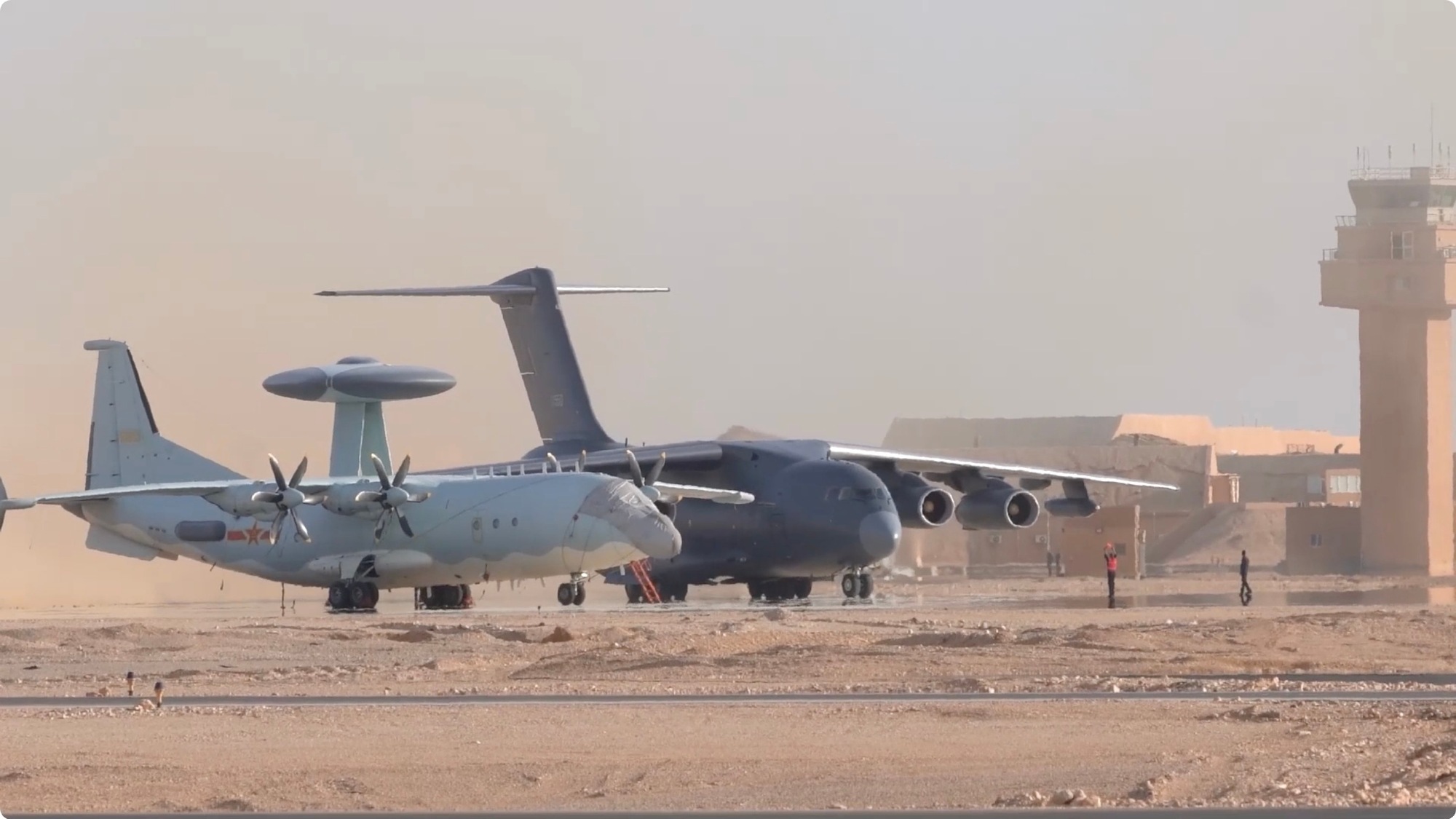
We can better understand Egypt’s current shift towards China by examining the historical context of its military modernization. Egypt relied on Soviet planes like the MiG-17 and MiG-21 a lot during the Cold War. These planes were crucial in the 1973 Yom Kippur War.
Egypt and Israel signed a peace treaty in 1979, and Cairo began building one of the largest F-16 fleets in the world.
But U.S. restrictions on advanced weapons and spare parts have made it hard for Egypt to maintain its air superiority in a region where neighbors, like Israel, use cutting-edge F-35 stealth jets.
For a short time in 2019, Egypt was interested in Russian Su-35 fighters. However, U.S. threats of sanctions put an end to those plans under the Countering America’s Adversaries Through Sanctions Act (CAATSA).
DailyNewsEgypt.com
According to DailyNewsEgypt.com, a deal for downgraded F-15s and an upgrade package for Egypt’s F-16s also didn’t live up to expectations.
In this situation, China’s offer of J-10C fighters with advanced radars and missiles is a practical way for Egypt to improve its defenses without having to deal with the political minefields of Western or Russian arms deals.
The rumored J-10C deal, which allegedly began on August 19, 2024, has garnered significant attention. Some news sources, like DailyNewsEgypt.com, said that Egypt got its first batch of J-10CE jets in February 2025.
But in March 2025, Wu Qian, a spokesman for China’s Defence Ministry, said that these claims were “not in line with the facts.”
The deal is still uncertain because neither Cairo nor Beijing has officially confirmed it, but the J-10C’s large display at the Egypt International Air Show in September 2024 and the ongoing joint exercise show that both sides are serious.
If Egypt buys J-10CE jets, it can look to Pakistan, which got 36 in 2022. This transaction demonstrates the jet’s reliability and its potential for export.
BRICS
Egypt’s decision to hire Chinese fighters, on the other hand, would be considered more significant because of its strategic location and long history of support for the West.
The exercise and possible J-10C deal have huge geopolitical effects that go beyond the technical and operational aspects. Egypt’s growing ties with China, which will be strengthened when it joins the BRICS bloc in 2024 with China, Russia, and India, are part of a larger shift toward the Global South.
China’s Belt and Road Initiative, which includes big investments in Egyptian infrastructure, makes this relationship even stronger.
Getting Egypt as a military customer would be beneficial for Beijing because it would increase the number of countries that buy its weapons and give it a foothold in the Middle East, which is important for global trade and energy flows.
Egypt controls the Suez Canal, which is still an important shipping route for goods going around the world. China’s military presence, even in the form of joint exercises, provides it more control over this strategic chokepoint.
For major countries in the region, like Israel, Saudi Arabia, and the United Arab Emirates, the idea of Chinese soldiers being in Egypt brings up many questions.
Israel has a better fleet than Egypt’s right now because it has F-35I stealth jets and more advanced electronic warfare tools.
NextBigFuture.com
NextBigFuture.com says that the J-10C’s PL-15 missiles, which have a longer range, could compete with non-stealth platforms like Israel’s F-16s in battles that are beyond visual range.
Saudi Arabia and the UAE have a balance of ties with both China and the US. If Egypt is able to successfully integrate Chinese aircraft, it may rethink its procurement strategy.
There are already many political lines in the Middle East, but as China’s military presence grows, new ones could appear.
The exercise also shows how China’s plan to gain influence through “soft military power” is changing. The U.S. often conditions arms sales on human rights or political reforms.
On the other hand, Russia faces limitations due to sanctions and its ongoing war in Ukraine. China, on the other hand, offers cheap, high-tech systems with few restrictions.
Countries such as Egypt, seeking strategic independence in a perilous region, find this approach appealing. If Egypt purchases J-10Cs, it could potentially pave the way for other Chinese platforms, such as drones or air defense systems, thereby diminishing the influence of the West on the regional arms market.
Chinese military bloggers
According to Chinese military bloggers on Douyin, the J-10C did better in exercises in Pakistan than Eurofighter Typhoons. Such performance makes it more appealing as a cheaper alternative to Western jets.
Adding Chinese planes to Egypt’s large and varied fleet is difficult to do logistically. The FighterJets community on Reddit pointed out that Egypt might not have enough money for maintenance, training, and integrating American, French, and Russian platforms.
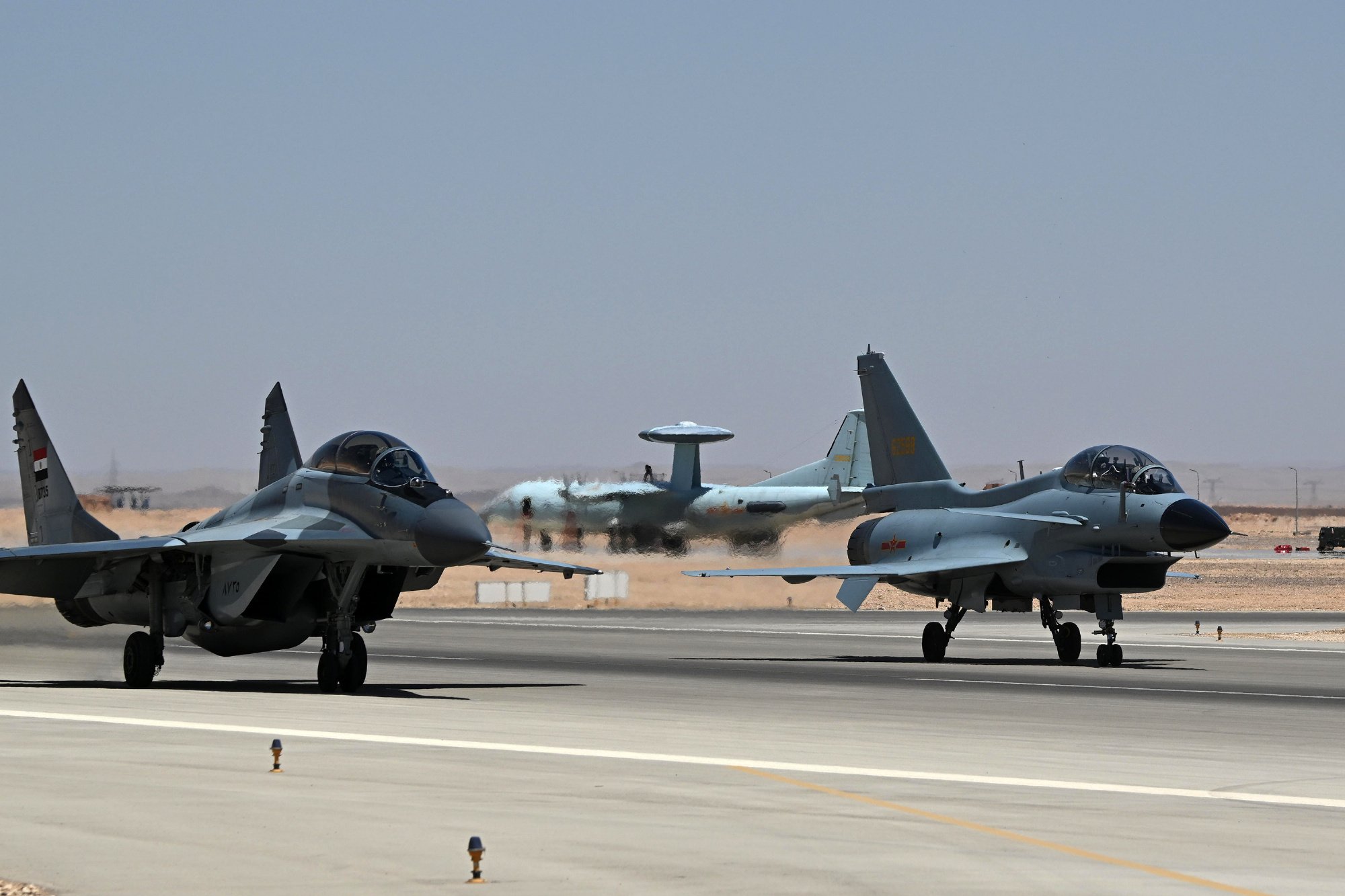
The strategic benefits—such as access to advanced weapons, protection from regional threats, and freedom from Western sanctions—may outweigh the risks. Egypt’s military planners are likely weighing these advantages as they observe the J-10C during the joint exercise.
The exercise may serve as a test run for future defense cooperation between Egypt and China. The presence of Chinese jets serves as a clear warning to the United States. Even though Washington approved $1.3 billion in military aid to Cairo in September 2024, Egypt continues exploring ties with China.
EurAsianTimes.com
EurAsianTimes.com reported that the Biden administration approved the aid despite human rights concerns to counter China’s growing influence.
But Egypt’s anger at U.S. restrictions shows that aid might not be enough to keep it loyal in a world that is becoming The Eagles of Civilization 2025 are significant for their message about the Middle East’s changing power dynamics, not for their maneuvers or planes.
their maneuvers or planes. Egypt is taking a big step towards modernizing its air force through this exercise. The exercise comes at a time when things are uncertain in the region, with threats in Libya and the Red Sea and tensions in Gaza.
China is making a smart move to show off its military power and seek new markets, which will put pressure on Western arms suppliers. With its sleek design and high-tech features, the J-10C embodies this goal and gives Egypt a glimpse of a future that is not tied to Washington’s orbit.
Conclusion
It’s still not clear if Cairo will buy the J-10C in the end. In the coming months, political, financial, and operational factors will play a role.
However, it is evident that the sight of Chinese fighter jets flying over Egypt represents an important change in the strategic landscape of the region.
CChina and Egypt are strengthening their diplomatic relationship. The Middle East could soon undergo a significant shift as new players and rules alter the power balance.
WWill Egypt’s interest in Chinese jets lead to a significant change, or is it merely a practical move within a complicated geopolitical game? IIn the Egyptian desert, the sound of the J-10C’s engines is unmistakable. Only time will tell.
References
- Ministry of National Defense PRC – Announcement of Eagles of Civilization 2025
- Daily News Egypt—Egypt receives J-10CE fighters
- Global Times—China, Egypt hold joint air force drill
- NextBigFuture – J-10C PL-15 BVR capabilities
- Defense News Today—Egypt’s military modernisation strategy
- FighterJets Reddit—Egypt’s logistical challenges with multirole aircraft
- Facebook – Pakistan Defense Forum



